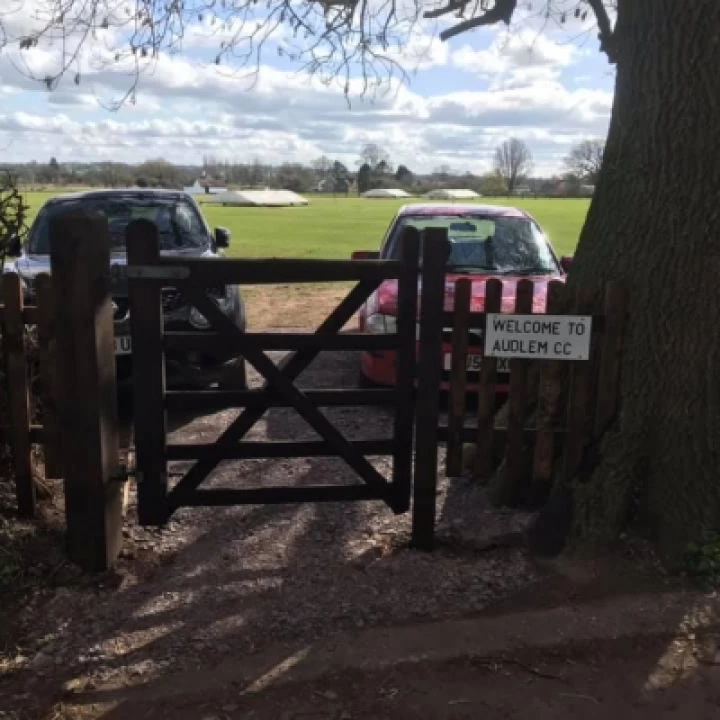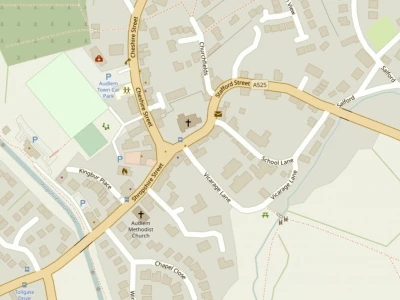







Having been asked by the editor to write an article on Ragwort, a native plant species with a fearsome reputation for its ability to spread due to the quantity of floating seeds that a mature plant will release, up to a quarter of a million according to some estimates, I wish to make the following points.
Ragwort has a well-established track record in the agricultural and land owning community which has resulted in not one but two Acts of parliament, namely the 1959 Injurious Weeds Act and the follow up legislation 2004 Act both of which refer to 'control,' not wholesale eradication, as it will never be eradicated nor is it the wish of legislators or landowners to achieve this, otherwise the Act would say so.
However, because of its toxicity to horses and cattle once it is ensiled or baled as a dry fodder, it is essential to control its spread within livestock areas. An example occurred on our doorstep within the last few years when a small local hayfield became heavily contaminated with Ragwort. The entire field had to be walked and hand-rogued before the hay crop could be gathered to ensure the crop was safe for consumption. An eye witness recalled the large quantity gathered. Cheshire is the premier milk producing county in the UK with a high percentage of dairy livestock as well as horses and it is for this reason that we have to control its spread to grassland. The inexorable move to large scale dairy units, for example, when I commenced work for the NFU in 1972 there were 109 farms in the Audlem Branch area, mostly dairy and the majority of 50 acres or so. Today there are little more than half a dozen large dairy units, the smaller ones swallowed up as their owners retired. Imagine the task of cleaning Ragwort out of 50 acre fields before the mega machines move in for harvest. It just wouldn't happen and the Ragwort would end up ontaminating the silage and impacting on herd health.
In any case Ragwort is spreading through our countryside regardless. My brother in law who has an organic dairy farming operation in Shropshire informs me that they are having to hand-rogue more Ragwort with every passing year and that the roadside verges and railway batters are full of it, so this is not an extinction rebellion issue-to coin a phrase!
Myths and mythbusters
On the Friends of the Earth, 'Is Ragwort poisonous? Mythbuster' page (click here to see the article), they refer to the weed as only being a problem where bare earth is present. This is plainly not the case for if it were we would not see it growing profusely on roadside verges and canal)embankments where little bare earth is present. In fact the multitude of drifting seedlets get trodden into pastureland by the hooves of cattle and horses where they quickly establish and continue to proliferate. The reason that horse pastures get badly contaminated is due to the fact that horse pasture is very tightly grazed and equine hooves, especially if they are shod, cut into the short turf and provide for an excellent establishment of the weed.
Hence it is vital for the equine keeper to eradicate Ragwort to not only protect the health of their charges but also to reduce the risk of contaminating neighbouring pastures.
Again the FotE article refers to control measures as follows:
Professor Michael Crawley of Imperial College advises fencing off the affected area, letting the plants go to seed (see Myth 4 in the FotE article) and making sure the soil is not bare.
This is amongst the worst advice I have ever come across short of advising people to remain in a burning building and await rescue. Letting Ragwort go to seed so that it has the chance to spread itself across the county and the region is unpardonable. Ragwort is not in any way, shape or form 'Under threat of extinction' and never will be. And if you don't believe me then the next time you circumnavigate the M25 in August via the Dartford crossing heading north, as I did in 2012 (I don't get out much) and look to your left, you will see a couple of hundred acres smothered in Ragwort and, if they are still there, some poor cattle in the far distance trying to eke out survival. It is absolutely essential to either cut or pull it BEFORE it goes to seed.
The FotE page is worth a read if only for the pleasure of noting the writer's obvious bias, one might almost say 'prejudice' (but of course we are not allowed to have those any more) against the landowning class, royalty and even some politicians.
But in the true spirit of contentious debate I will leave FotE with almost the last word and you reader can make up your own mind, fact or fiction?
"A lot of intelligent people are getting worked up over ragwort. Here are just a few of the ragwort myths being put about, and why they are just that – myths"
Rubbish!!
Peter Morgan
This article is from our news archive. As a result pictures or videos originally associated with it may have been removed and some of the content may no longer be accurate or relevant.
Get In Touch
AudlemOnline is powered by our active community.
Please send us your news and views using the button below:
Email: editor@audlem.org


